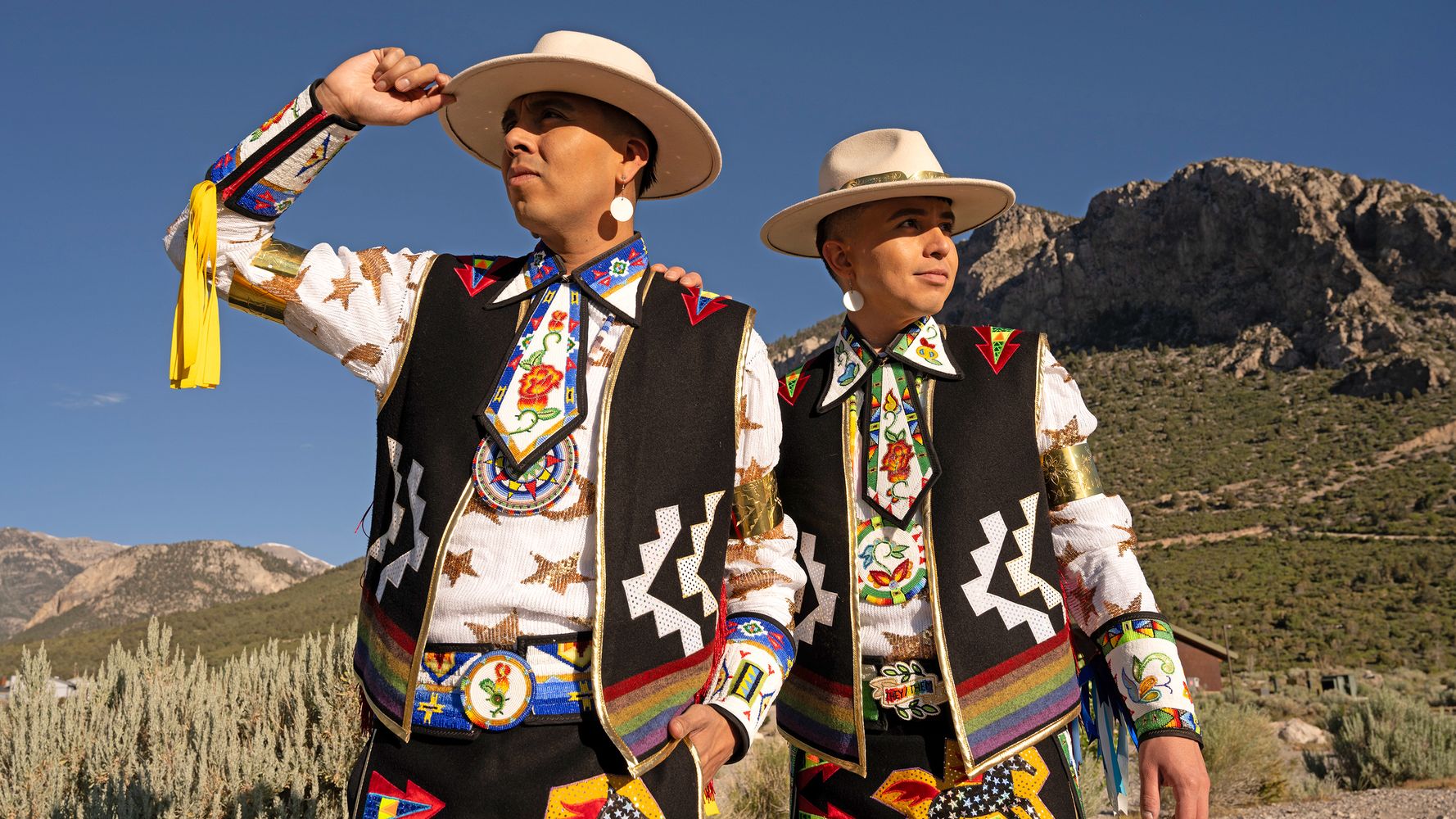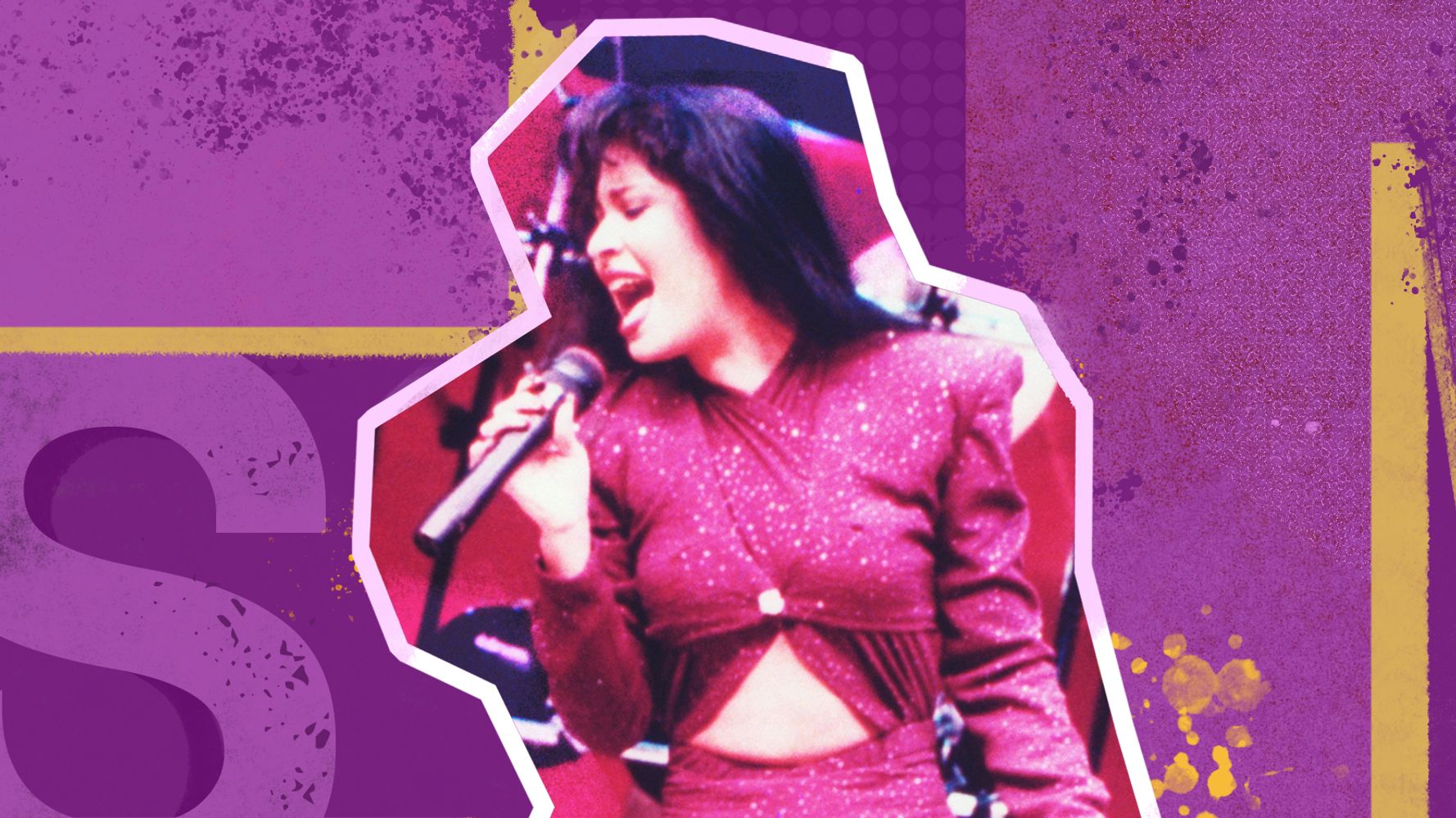Two-Spirit Love and the Expansiveness of Queerness
In the vibrant landscape of Utah’s pow wows, two Native American men, Sean Snyder and Adrian Matthias Stevens, crossed paths countless times. Amidst the rhythmic dance and melodious songs, they discovered a deep connection that transcended their shared cultural heritage.
Two-Spirit Identity: Embracing Duality
Both Snyder and Stevens identify as Two-Spirit, an Indigenous concept that embraces the duality of femininity and masculinity. This identity defies binary gender norms, recognizing the fluid and multifaceted nature of gender expression.
Growing up, they intuitively gravitated towards aspects of both genders, finding acceptance and understanding within their families. Stevens’ parents, for instance, allowed him to participate in traditionally feminine activities, acknowledging his unique gender expression.
Navigating Queer Spaces as Two-Spirit
In the hypermasculine environment of gayborhoods, Snyder and Stevens assert their identities through their cultural regalia. Their presence in these spaces serves as a reminder of the vast spectrum of queer experiences and challenges the dominant Western narrative of queerness.
They highlight the importance of visibility and representation, showing that there is no singular path to embracing queerness. By embodying their Two-Spirit identity, they educate others and foster dialogue about alternative gender expressions.
A Pan-Tribal Two-Spirit Community
Beyond gayborhoods, Snyder and Stevens also face challenges within their own Indigenous communities. Not all tribes fully embrace Two-Spirit people, echoing the queerphobia prevalent in broader society.
Despite these challenges, Snyder dreams of a pan-tribal Two-Spirit community, a space where Native American individuals can connect, share experiences, and shape the future of their unique identity.
The Intersection of Indigenous Culture and Gender Fluidity
Snyder and Stevens’ experiences reflect the rich intersection of Indigenous culture and gender fluidity. They demonstrate that queerness manifests in diverse and culturally specific ways.
Their story challenges societal norms and promotes a more inclusive understanding of gender and sexuality. It reminds us that queer experiences are as varied as the human experience itself, embracing the complexities and beauty of self-expression.



